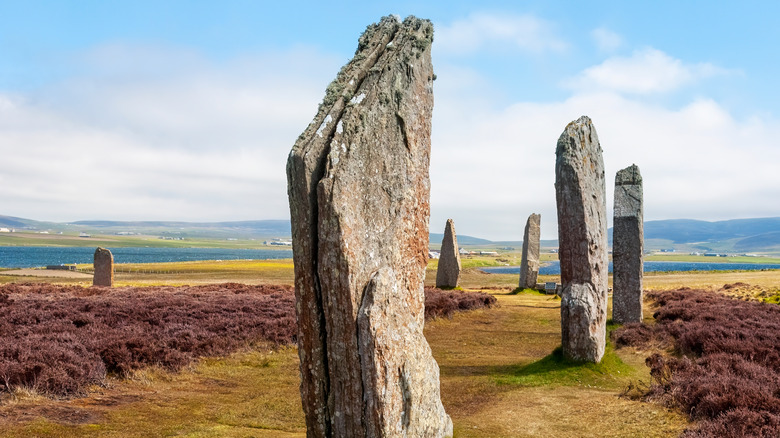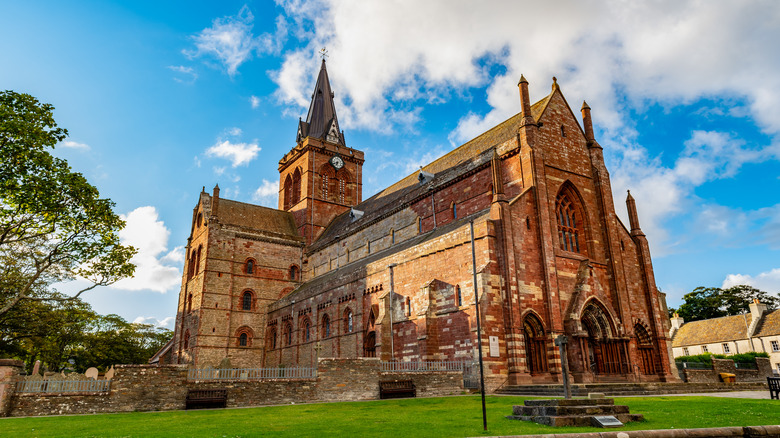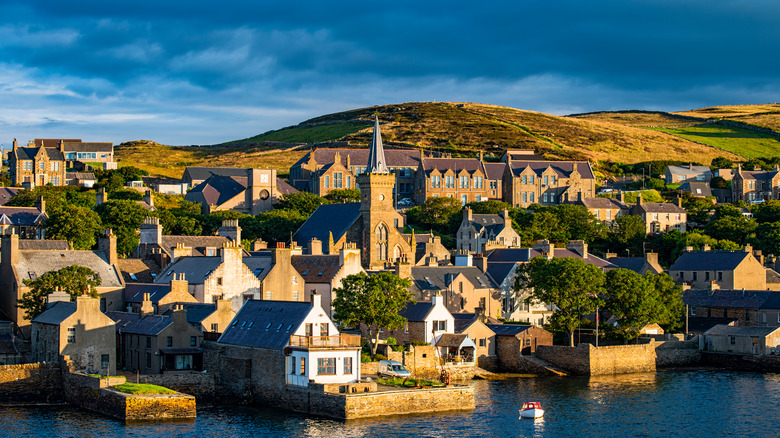Travelers searching for an epic adventure with ancient archeological marvels, breathtaking views, and picturesque villages should look no further than the Orkney Islands. Located about 10 miles off the northern coast of Scotland, The Orkneys are a unique archipelago that consists of 70 different islands. Of those, 20 are currently inhabited as they have been for thousands of years.
Scotland has been named the most beautiful country in the world according to travelers, and Orkney is no exception. Landscapes range from beautiful rolling green farmlands to rugged cliff faces and sandy beaches colliding with the Atlantic Ocean and the North Sea. The island culture is a unique blend of Scottish heritage and Norwegian roots.
Over the last few years, the islands have become a popular tourist destination, attracting nearly 200,000 visitors per year. One of the main reasons tourists journey to The Orkneys is to experience some of Europe’s oldest and best-preserved Neolithic ruins. Visiting the islands allows travelers to feel as though they’re traveling back in time, and the world-famous archeological sites provide an exciting glimpse into the lives of some of Europe’s oldest inhabitants.
To reach the islands, you must travel to Scotland’s North Coast, where you can board a ferry that will take you to Orkney. Once there, you’ll have the opportunity to island hop, admire the archaeological sites, explore Viking cathedrals, and take in the beautiful villages and landscapes. The remote destination is perfect for history buffs and nature enthusiasts alike.
Ancient history of the Orkney Islands

One of the most famous sites on The Orkneys is the ancient stone village of Skara Brae, which is located on the largest island known as the Mainland. The site contains a series of Neolithic dwellings dating back 5,000 years. They’re older than Stonehenge and the Great Pyramids of Giza. Even after thousands of years, they remain remarkably well preserved, having been buried underground until they were re-discovered by locals in 1850. Tourists can explore the site and peer into the dwellings equipped with stone furniture like beds and cabinets which surround a central hearth.
The Standing Stones of Stenness (pictured here), are also located on the Mainland island. The monument resembles Stonehenge, but the stones are wide and thin and stand about 20 feet tall. Initially, 12 stones made up the circle, but only four remain. You can also book a tour to explore the Maeshowe Chambered Cairn, an ancient tomb with various chambers, and The Ring of Brodgar Stone Circle and Hedge, which contains 36 standing stones and 13 prehistoric burial mounds. Together, these sites make up the Heart of Neolithic Orkney UNESCO World Heritage Site.
The Ness of Brodgar is the most recent Neolithic discovery on The Orkneys and one of the most important archeological findings in recent history. Visitors can observe from a platform as archeologists work to uncover the massive complex of buildings. Free tours of the active dig site depart several times throughout the day during the dig season, which runs from July through August.
Modern history and cultural attractions

Orkeny’s modern history is no less fascinating than its ancient past. During your visit, set aside some time to explore the towns and villages scattered across the islands. On the Mainland island, there are two main towns: Kirkwall and Stromness. Both are worth visiting for their picturesque architecture and quaint streets.
Saint Magnus Cathedral, founded in the year 1137, is a stunning example of Viking architecture, constructed with red and yellow sandstone by medieval stone masons. It still serves as a place of worship for locals, and Saint Magnus himself is buried in the cathedral. There is no cost to enter, and visiting hours are from 9 a.m. to 1 p.m. and 2 to 5 p.m. on Monday through Saturday.
Other worthwhile historical sites include the Bishop’s Palace and the Earl’s Palace. The Bishop’s Palace was constructed in the 1100s when Vikings ruled the Orkneys. Later in the 1600’s, the Earl’s Palace was added. Built in the Renaissance style, it remains well preserved. The palaces are open for tourists from April through September, and tickets cost about $10 per adult.
For a complete history of the Orkney Islands, visit the Orkney Museum, which chronicles everything from the Neolithic Era until the modern day. Admission is free. When you’re finished learning about the island’s fascinating history, go shopping at the unique local boutiques, pop into a cafe for a spot of tea, and have a drink at one of the island’s whiskey or gin distilleries.

